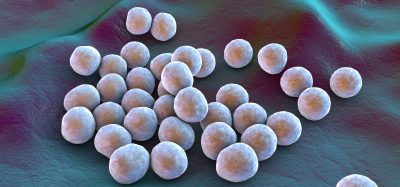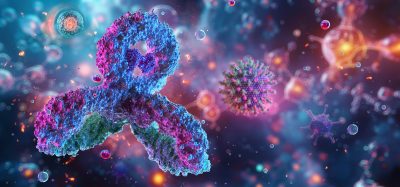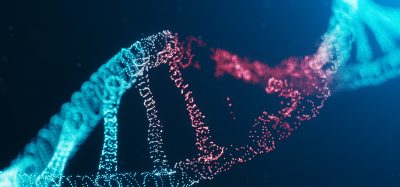Single molecule from plant used by Native Americans may treat diarrhoea
Posted: 25 November 2021 | Anna Begley (Drug Target Review) | No comments yet
Scientists unveil the role of KCNQ2/3 using a functional screen of 40 native US plants and identify nine extracts that could treat diarrhoea.


A team at the University of California Irvine (UCI), US, have revealed a striking pattern following a functional screen of extracts from plants collected in Muir Woods National Monument, in coastal redwood forest land in California. The findings could lead to new treatments for gastrointestinal disorders such as diarrhoea.
NEWS: CRISPR screen unveils enzyme target for inflammatory diseases
The researchers screened methanolic extracts prepared from 40 Californian coastal redwood forest plants for effects on Kv current and membrane potential in Xenopus oocytes heterologously expressing KCNQ2/3, which is present in nerve cells that sense pain, and its activation would be expected to soothe pain by disfavouring transmission of the pain signal. Extracts from nine of the 40 plant species was found to increase KCNQ2/3 current.
These nine plants have a long history of use by Native Americans as topical analgesics to treat conditions such as insect bites, stings, sores and burns. The same plants that activated KCNQ2/3 and were used as folk analgesics, were often also used as gastrointestinal aids, especially for preventing diarrhoea.


California Coast Redwood Forest land from which plants were collected for this study. [credit: Geoffrey Abbott]
The breakthrough finding, detailed in Frontiers in Physiology, came when the team discovered that the same plant extracts that activate KCNQ2/3 have the opposite effect on the related intestinal potassium channel, KCNQ1-KCNE3. This finding was striking as previous studies on modern medicines showed that KCNQ1-KCNE3 inhibitors can prevent diarrhoea.
The team are currently undertaking a broader screen of native US plants and they have already shown that quercetin and tannic and gallic acids, present in several of the plants studied, explained many of the beneficial effects of the plants. The team also identified binding sites on the channel proteins that produce the effects.
With this knowledge at the molecular level of compounds that can activate versus inhibit closely related human ion channel proteins, the team claimed that future work can be directed at improving drug specificity and therefore safety, while retaining efficacy. Specifically, medicinal chemistry approaches can be applied to further optimise the plant compounds with the goal of treating pain and secretory diarrhoea.
NEWS: Small molecule RGX-202 prevents metastasis in colorectal cancer
“Done in collaboration with the US National Parks Service, this study illustrates how much there is still to learn from the medicinal practices of Native Americans, and how, by applying molecular mechanistic approaches we can highlight their ingenuity, provide molecular rationalisations for their specific uses of plants, and potentially uncover new medicines from plants,” concluded Professor Geoffrey Abbott who led the study.
Related topics
Drug Leads, Hit-to-Lead, Molecular Biology, Screening, Small Molecules, Therapeutics
Related conditions
Diarrhoea
Related organisations
University of California Irvine (UCI)
Related people
Geoffrey Abbott








